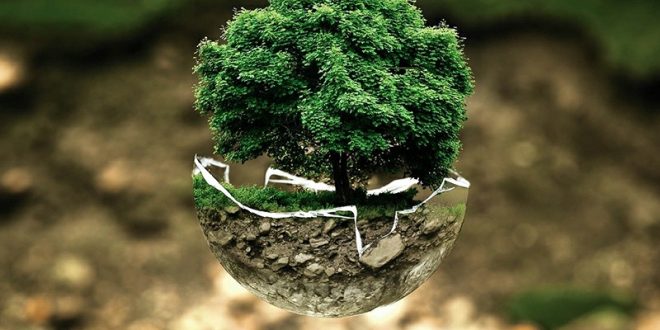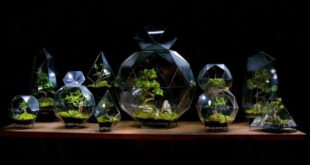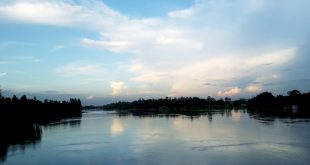Vegetation: Definition
Vegetation is defined as an assemblage of plants growing together in a particular location.
It is characterized either by its component species or by the combination of structure and functional characters that characterize the appearance or physiognomy of vegetation.
Vegetation rapidly responds to changes in habitat.
If the habitat becomes wetter or drier, better or more poorly lighted etc. certain species or whole group of plants disappear and are replaced by others.
Vegetation study is important to observe the changes over time.
Classification of Vegetation
Vegetation can be classified on the basis of several approaches e.g. physiognomy, flora and ecology etc.
European and North-American ecologists have fundamentally different approaches in classifying vegetations.
Best safe and secure cloud storage with password protection
Get Envato Elements, Prime Video, Hotstar and Netflix For Free
Best Money Earning Website 100$ Day
#1 Top ranking article submission website
- In North America, vegetation types are based on the combination of criteria such as climate pattern, plant habitat, phenology and/or growth form and dominant species.
- In Europe, classification is based mostly or entirely on floristic (species) composition alone.
Classification of Natural Vegetation
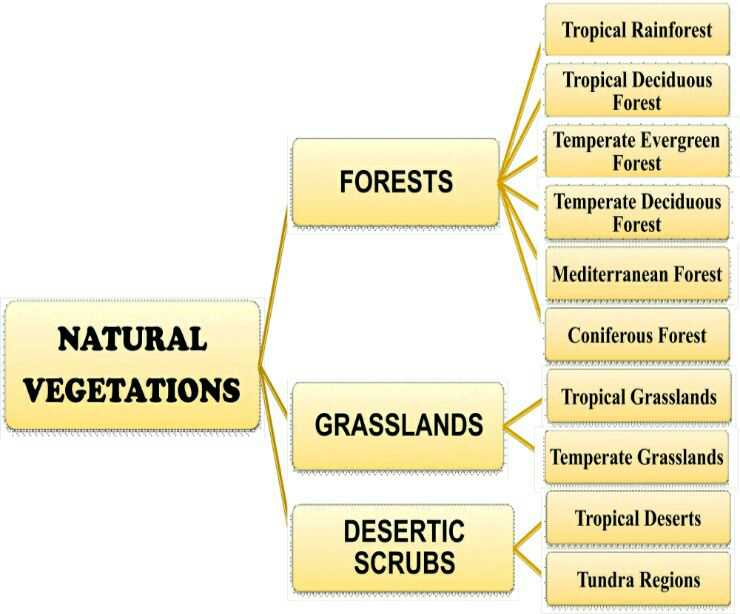
Classification of Vegetation based on Habitats
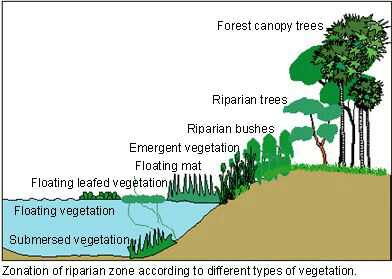
Difference of Vegetation with Altitude
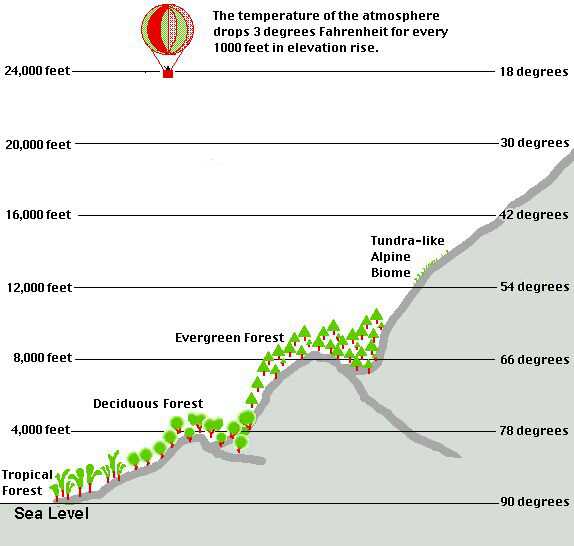
Vegetation in Bangladesh
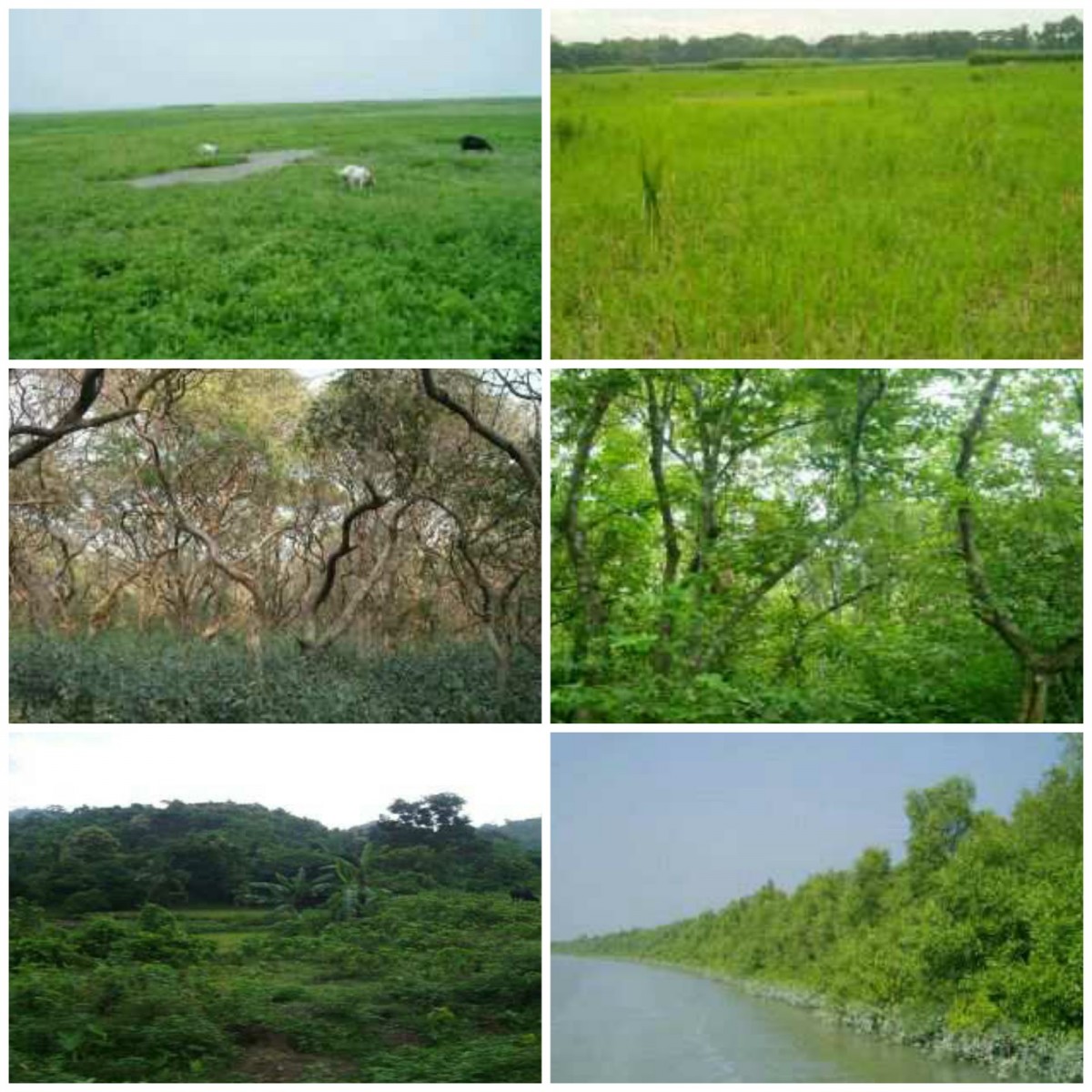
Vegetation analysis
Definition :
Vegetation analysis is the way to study species composition and structure of plant community.
- Vegetation analysis is also known as phytosociological analysis.
Considerations before starting vegetation analysis
The following considerations should be taken into account before starting analysis:
1. Too little or too much data and a lack or excess of data must be avoided. Vegetation data must be selective since it would be impractical to undertake total recording or description of vegetation.
2. Time and expenses should be considered. Most useful information with the least amount of time and money is desired.
3. The nature of the vegetation must be assessed. If it is homogenous then quantitative data will be collected because observable difference will be slight. If the vegetation is heterogeneous in nature then there might be qualitative differences. Therefore, it is important to know the type of data to collect and the spatial location of the sampling points.
Strategy for Vegetation Analysis
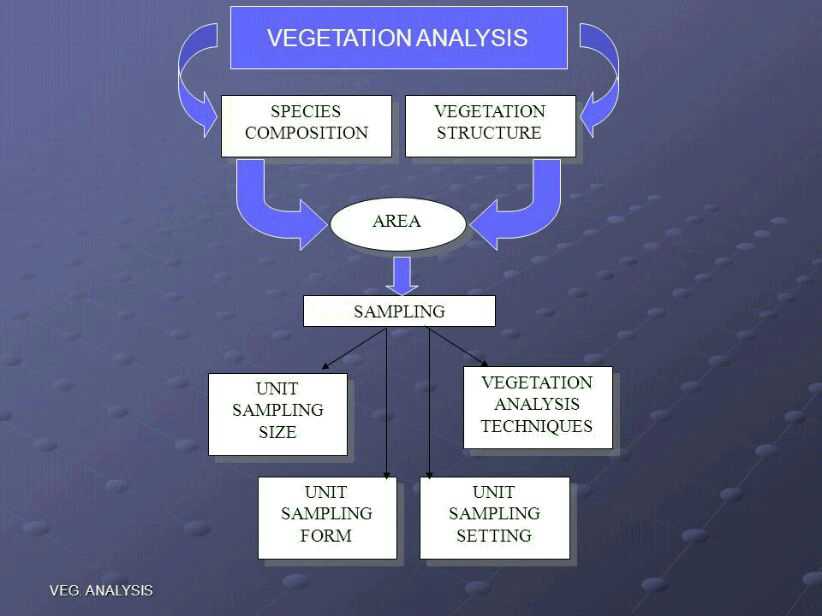
Structural Characters of Vegetation
The sociological characters are conventionally grouped in two categories:
1. Qualitative and
2.Quntitative characters.
- Qualitative characters: Qualitative characters indicate how species are grouped or distributed or described. e.g. Stratification, Periodicity etc.
- Quantitative characters: Frequency, abundance, and density are example of quantitative data. The length of leaf is quantitative character.
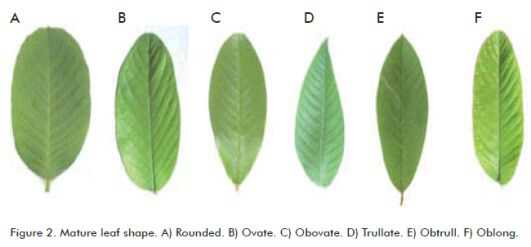
These data are obtained by quadrats.
Methods for study of Qualitative Characters
The vegetation of a given site can be analyzed by the following methods:
1. Quadrat Method
2. Transect Method
3. Point Method
1. Floristic composition:
- It involves the recording of different species of plants including vascular plants, bryophytes, pteridophytes and lichen in a pant community.
- The actual recording of the plant community is done by the use of small sampling units.
- These units may be in the form of areas, line or point as in the quadrat, transect and point sampling methods.
1) Quadrat method:
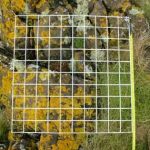 The quadrat is a square area of varying size marked off for the purpose of detailed study.
The quadrat is a square area of varying size marked off for the purpose of detailed study.
- It is used when only part of a large area is sampled.
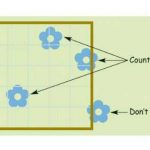
- Quadrat is used in counting the individuals of each species to determine their relative abundance and importance.
- Quadrats vary both in size and use.
According to the size, quadrats are of following types:
I. 1m2 quadrat: Used in grassland and herbaceous vegetation.
II. Square decimeter quadrat: Used to study soil forming lichen, mosses etc. on rocks.
III. 100 sq. inches quadrat: Used to study the development of seedlings.
IV. 4, 16 or even 100 squaremeters of quadrats: Used to study trees and shrubs in forests.
According to the use, quadrats are of the following types:
I. List quadrat: This method is used in counting the number of plants of each species.
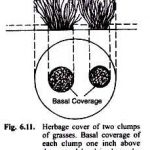 II. Basal-area quadrat: This method is used to estimate or measure the basal area afforded by each species and by the total basal cover of vegetation. Basal area of a plant is determined in terms of its stem girth (waist). dbh=girth/pie
II. Basal-area quadrat: This method is used to estimate or measure the basal area afforded by each species and by the total basal cover of vegetation. Basal area of a plant is determined in terms of its stem girth (waist). dbh=girth/pie
III. Clip quadrat: This method consists in securing the oven-dry weight (100-110oC) of each species clipped at the soil surface or at a height of one or more inches. The total weight of the vegetation and the weight of that furnished by each species in the quadrat are determined.
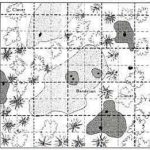 iv) Chart quadrat: The position of each plant within the quadrat occupied by bunches,mats or tufts of grasses,mosses etc are determined and recorded upon a chart with the help of an instrument called pantograph.
iv) Chart quadrat: The position of each plant within the quadrat occupied by bunches,mats or tufts of grasses,mosses etc are determined and recorded upon a chart with the help of an instrument called pantograph.
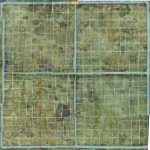 V) Experimental or permanent quadrat: It is a modified chart quadrat which is used for successional study in an area. In thipi.method, the chart quadrat after charting the vegetation is left undisturbed and the same site is studied for vegetational changes over a long period of time.
V) Experimental or permanent quadrat: It is a modified chart quadrat which is used for successional study in an area. In thipi.method, the chart quadrat after charting the vegetation is left undisturbed and the same site is studied for vegetational changes over a long period of time.
2) Transect Method
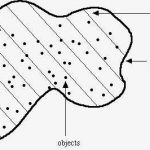 A transect is a cross section of an area used as a sample for recording,mapping or studying vegetation.
A transect is a cross section of an area used as a sample for recording,mapping or studying vegetation.
It may be two kinds:
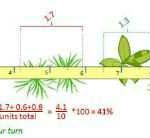 i) A line transect: It uses a tape placed across the ground in a straight line. Any species that touches the line between the 2 lines are recorded. It is commonly used for sampling shrub stands and woody forest plants.
i) A line transect: It uses a tape placed across the ground in a straight line. Any species that touches the line between the 2 lines are recorded. It is commonly used for sampling shrub stands and woody forest plants.
 ii) Belt transect: A belt transect uses 2 lines. All the species present between the 2 lines are recorded. It may be 1-10m width.
ii) Belt transect: A belt transect uses 2 lines. All the species present between the 2 lines are recorded. It may be 1-10m width.
Quadrats are placed at intervals across the transect and species within them are recorded. Transects are used across areas where there are clear environmental gradients.
3) Point Method
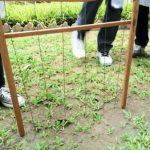
In point frame method, each point is considered as one sampling unit. The apparatus is usually made up of a wooden 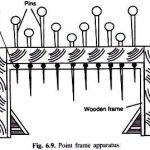 frame with movable pins, 50 cm long, inserted in the frame.
frame with movable pins, 50 cm long, inserted in the frame.
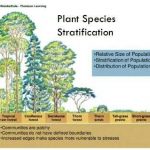 2. Stratification: The way in which plants of different species are arranged in vertical strata in order to make full use of available ecological requirements such as light, temperature, moisture content and organic contents of soil is known as layering or stratification.
2. Stratification: The way in which plants of different species are arranged in vertical strata in order to make full use of available ecological requirements such as light, temperature, moisture content and organic contents of soil is known as layering or stratification.
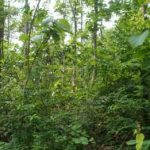 3. Phenology: Study of organisms as affected by seasonal and inter-annual variability of climatic factors. Seed germination, flowering, fruiting, leaf fall, seed germination, fruiting etc.
3. Phenology: Study of organisms as affected by seasonal and inter-annual variability of climatic factors. Seed germination, flowering, fruiting, leaf fall, seed germination, fruiting etc.
4. Vitality:
- Vitality means the condition of a plant and its capacity to complete the life cycle.
- The health of a species is determined by the weight of the plants, stem height, root length, leaf area, leaf number, fruits and seed etc. 5.
5.Mortality:
- The rate of mortality is calculated by the following equation: Mortality= (logent0-logent1)/(t1-t0)
- T0 and T1 indicate time 0 and t.
 Plantlet The Blogging Platform of Department of Botany, University of Dhaka
Plantlet The Blogging Platform of Department of Botany, University of Dhaka
